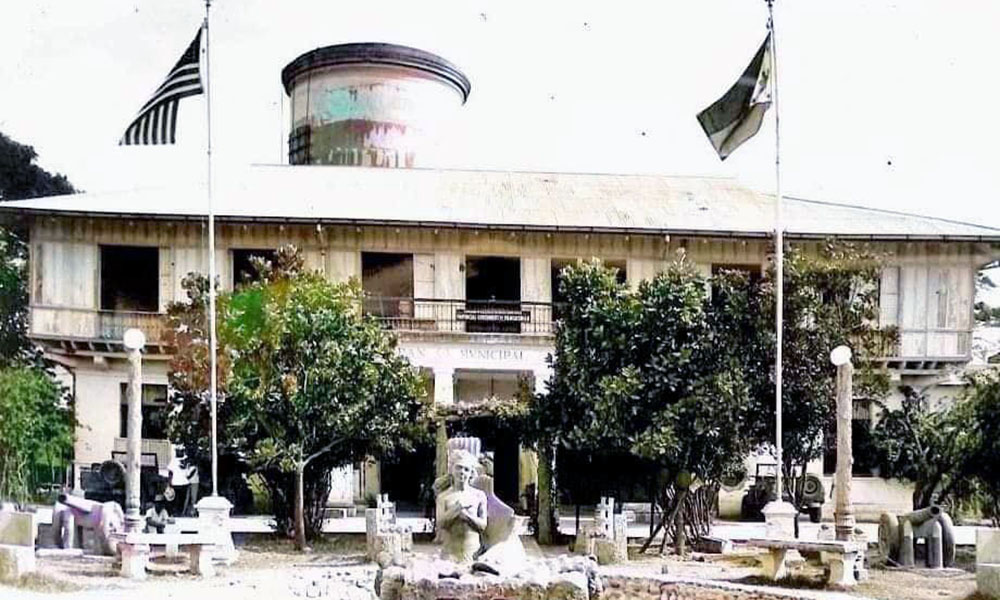Embracing nuclear energy
 By Eva C. Visperas
By Eva C. Visperas
DURING the Regional Development Council event in Lingayen on June 19, as media men, Second District Rep. Mark Cojuangco once again found time to speak on a subject close to his heart: nuclear energy.
I’ve seen him in many forums over the years, and the passion with which he discusses this issue never fades. Whether it’s in a congressional hearing or a barangay assembly, Cojuangco brings the same energy and clarity to a conversation that he has championed for nearly two decades.
And now, it seems that long-running advocacy is beginning to bear fruit.
The recent ratification of the Philippine National Nuclear Energy Safety Act (with Senator Alan Cayetano introducing the counterpart bill at the Senate), marks a major milestone in our national energy agenda. The bill establishes the Philippine Atomic Energy Regulatory Authority (PhilATOM) — an independent body that will oversee the safe, regulated use of nuclear energy in the country. It now awaits the President’s signature to become law, a moment many in the energy sector — and Cojuangco himself — have waited years for.
Why does this matter so much? Let me share his thoughts in a local media interview during the RDC event:
- The Philippines has long struggled with expensive, unstable power. We currently import vast amounts of coal and gas to generate electricity — spending between US$600–700 millionannually for every 1,000 megawatts of coal-fired capacity.
- Nuclear energy, on the other hand, requires only US$20–30 millionin fuel for the same output. The math speaks for itself: Nuclear energy offers massive savings that could be redirected to critical areas like infrastructure, education, and public health.
- Even more importantly, nuclear energy provides a stable, long-term solution to our grid problems. Unlike solar and wind, which depend on the weather, nuclear plants run around the clock and can last up to 80 years. For a developing country with big ambitions, it offers the consistency needed for serious industrial growth.
But Cojuangco’s approach has never been just about numbers — it’s also about people.
In the town of Labrador, Pangasinan, where he has spent the past few years conducting community dialogues, explaining the technology, addressing concerns, and discussing the benefits. As a result, more than 65% of registered voters in Labrador have signaled their willingness to host a nuclear plant, provided the town receives free electricity in return.
Under this proposal, for every 1,000 MW plant hosted, the community would receive twice its 2021 power consumption for free. With four to six 1,000 MW plants, the entire town could enjoy decades of zero electricity bills — making it one of the most energy-secure communities in the country.
While the generated electricity would go into the Luzon grid, Labrador would get its fair share, while the rest of the region benefits from cheaper, more reliable power.
Of course, concerns about nuclear safety are valid, but they should be viewed in the context of modern advancements.
Today’s nuclear technology is far safer and more efficient than past generations. Countries that once turned away from nuclear — like Germany, Spain, and Japan — are now reconsidering.
In the United States, both political parties support nuclear expansion, with goals to triple or even quadruple nuclear output by 2050. Even Sweden, Finland, and the Netherlands are reinvesting in nuclear as a clean, low-emission energy source.
So why not the Philippines?
We once built the Bataan Nuclear Power Plant, only to leave it idle for decades while suffering through power shortages, high prices, and lost economic opportunities. That mistake must not be repeated. The time to act is now.
With the legal framework nearly in place and local support growing in places like Region 1, the Philippines has a rare opportunity to leap forward. Cojuangco has laid the groundwork, but it’s up to the rest of us — government, media, and citizens — to remain open-minded and forward-looking.
Nuclear energy is not a threat; it is a national opportunity. It promises cleaner, cheaper, and more secure energy for generations to come.
It’s about time we finally embrace it.







